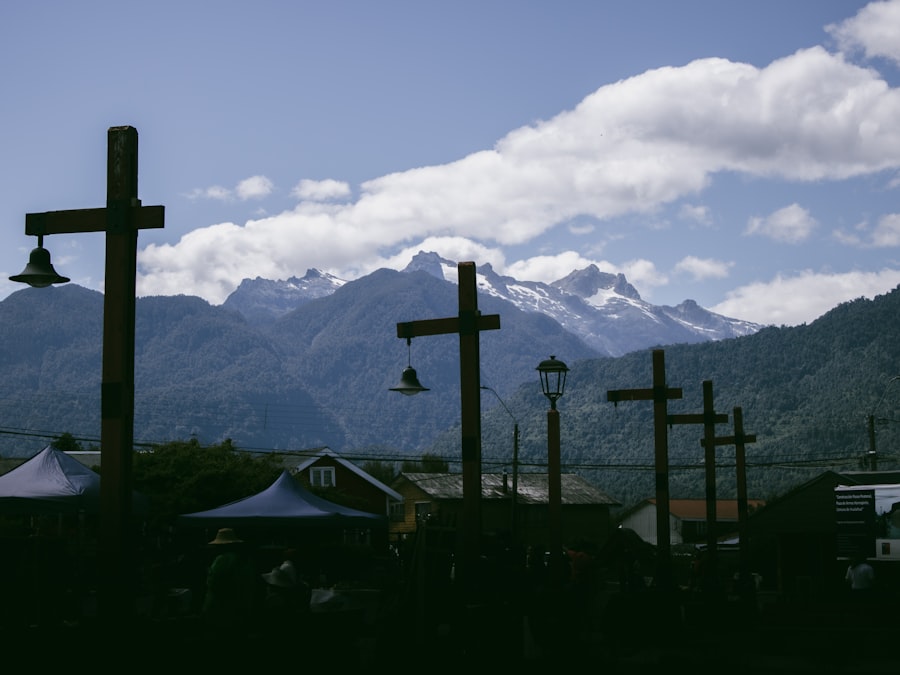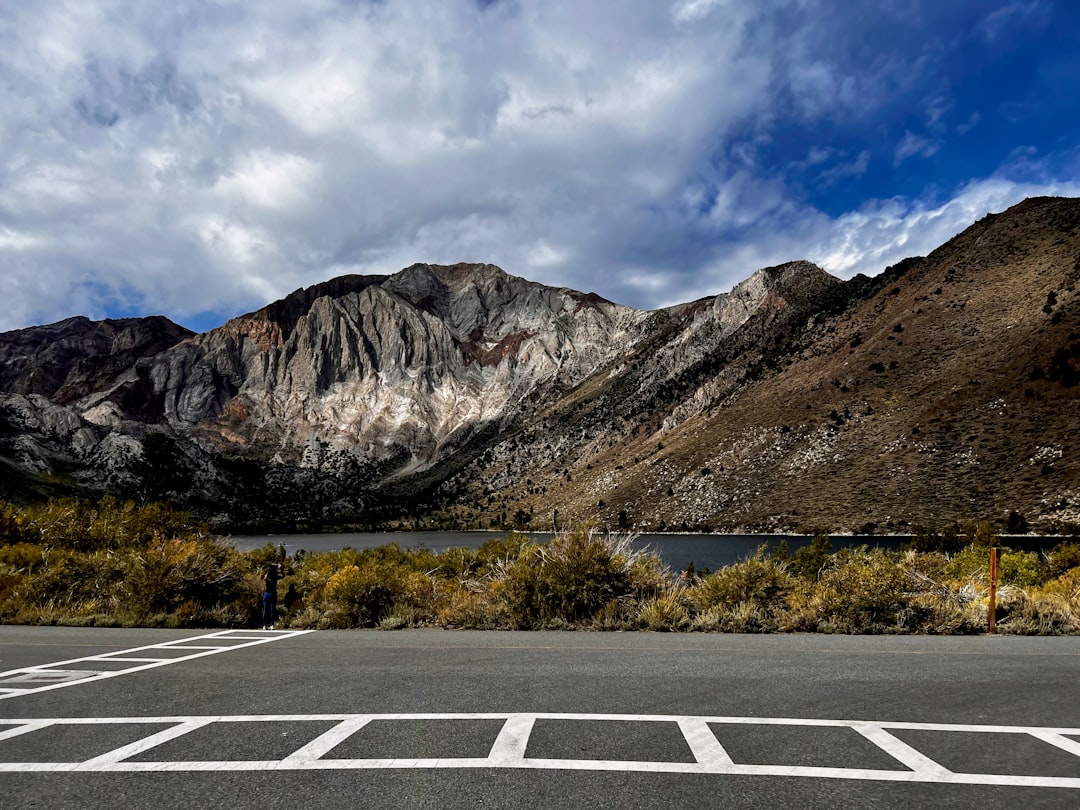Winter weather can be both beautiful and treacherous. As the snow blankets the landscape, it creates a picturesque scene that many cherish. However, beneath this serene exterior lies a host of challenges that can disrupt daily life.
You may find yourself grappling with icy roads, power outages, and the potential for severe cold-related health issues. Understanding the impact of winter weather is crucial for you to navigate these challenges effectively. The consequences of winter weather extend beyond mere inconvenience.
For instance, heavy snowfall can lead to hazardous driving conditions, increasing the risk of accidents. You might also experience delays in public transportation, affecting your commute and daily activities. Additionally, extreme cold can pose serious health risks, particularly for vulnerable populations such as the elderly and those with pre-existing health conditions.
Recognizing these impacts allows you to take proactive measures to protect yourself and your loved ones.
Key Takeaways
- Winter weather can have a significant impact on communities, affecting transportation, infrastructure, and public safety.
- Proper planning and preparation are crucial to mitigate the impact of winter weather and ensure the safety and well-being of the community.
- Key winter weather hazards include snow and ice accumulation, freezing temperatures, and reduced visibility, which can lead to accidents and power outages.
- Effective communication strategies are essential for disseminating important information and instructions to the community during winter weather events.
- Utilizing resources and technology for monitoring and response, such as weather forecasting tools and emergency alert systems, can help in managing winter weather challenges.
Importance of Proper Planning and Preparation
Proper planning and preparation are essential when it comes to winter weather. You wouldn’t venture into a storm without a plan, would you? By taking the time to prepare, you can significantly reduce the risks associated with winter storms.
This means having an emergency kit ready, complete with essentials like food, water, medications, and blankets. You should also ensure that your vehicle is winter-ready, equipped with snow tires and an emergency kit of its own. Moreover, planning extends beyond personal preparedness.
It involves staying informed about weather forecasts and understanding the potential severity of incoming storms. You can subscribe to local weather alerts or download apps that provide real-time updates. This knowledge empowers you to make informed decisions about travel and outdoor activities, ensuring that you remain safe during inclement weather.
Identifying Key Winter Weather Hazards

Identifying key winter weather hazards is vital for your safety and well-being. Snowstorms, ice storms, and blizzards each present unique challenges that require different responses. For example, heavy snowfall can lead to roof collapses and obstructed roadways, while ice storms create dangerously slick surfaces that can result in falls or vehicle accidents.
By recognizing these hazards, you can take appropriate precautions. Additionally, it’s important to be aware of the signs of hypothermia and frostbite, which can occur when exposed to extreme cold for prolonged periods. Understanding these risks allows you to dress appropriately in layers and limit your time outdoors during severe weather conditions.
By being proactive in identifying these hazards, you position yourself to respond effectively when winter weather strikes.
Implementing Effective Communication Strategies
| Communication Strategy | Metrics |
|---|---|
| Regular team meetings | Attendance rate, meeting duration, action items completed |
| Email communication | Response time, open rate, click-through rate |
| Feedback mechanisms | Number of feedback received, response time to feedback |
| Use of collaboration tools | Usage frequency, engagement level |
Effective communication strategies are crucial during winter weather events. When a storm is approaching, you need to stay connected with family, friends, and local authorities. Establishing a communication plan ensures that everyone knows how to reach each other in case of emergencies.
You might consider designating a specific contact person who can relay information among family members if phone lines become congested. In addition to personal communication, staying informed through official channels is essential. Local news stations and government websites often provide updates on weather conditions and safety recommendations.
Social media platforms can also serve as valuable tools for real-time information sharing. By utilizing these communication strategies, you can keep yourself and your loved ones informed and prepared for whatever winter weather may bring.
Utilizing Resources and Technology for Monitoring and Response
In today’s digital age, utilizing resources and technology for monitoring and response is more accessible than ever before. You have a wealth of information at your fingertips through smartphones and computers. Weather apps provide real-time updates on conditions in your area, allowing you to make informed decisions about travel or outdoor activities.
These tools can alert you to severe weather warnings, ensuring that you are always one step ahead. Moreover, technology plays a significant role in emergency response efforts. Local agencies often use social media platforms to disseminate critical information quickly during winter storms.
You can follow these accounts to receive timely updates on road closures, shelter availability, and safety tips. By leveraging these resources, you enhance your ability to respond effectively to winter weather challenges.
Building Community Resilience and Support Systems

Building community resilience is essential for navigating the challenges posed by winter weather. When individuals come together to support one another, the entire community becomes stronger. You can participate in local initiatives aimed at preparing for winter storms, such as neighborhood watch programs or community preparedness workshops.
These efforts foster a sense of belonging and ensure that everyone has access to the resources they need during difficult times. Support systems are particularly important for vulnerable populations within your community. Consider reaching out to elderly neighbors or those with disabilities to offer assistance during winter storms.
Simple acts of kindness, such as shoveling driveways or checking in on their well-being, can make a significant difference in their ability to cope with harsh conditions. By building these connections, you contribute to a more resilient community that can withstand the challenges of winter weather together.
Learning from Past Winter Weather Events
Learning from past winter weather events is crucial for improving future preparedness and response efforts. Reflecting on previous storms allows you to identify what worked well and what could be improved upon. You might recall instances where communication broke down or where resources were insufficient to meet community needs.
By analyzing these experiences, you can develop strategies to address potential shortcomings. Additionally, sharing your experiences with others can foster a culture of learning within your community. Organizing discussions or workshops focused on past winter weather events encourages dialogue about best practices and lessons learned.
This collective knowledge empowers everyone to be better prepared for future storms, ultimately enhancing community resilience.
Collaborating with Local and State Agencies for a Coordinated Response
Collaboration with local and state agencies is vital for ensuring a coordinated response during winter weather events. These agencies have the expertise and resources necessary to manage emergencies effectively. You can engage with local emergency management offices to understand their plans for winter storms and how you can contribute as a community member.
Participating in community meetings or volunteer programs organized by these agencies allows you to stay informed about their efforts while also providing valuable input from a grassroots perspective. By working together with local authorities, you help create a unified approach to winter weather preparedness that benefits everyone in your community. In conclusion, understanding the impact of winter weather is just the beginning of effective preparedness and response strategies.
By planning ahead, identifying hazards, implementing communication strategies, utilizing technology, building community resilience, learning from past events, and collaborating with local agencies, you position yourself and your community for success in facing the challenges that winter brings. Embrace the season with confidence, knowing that you are equipped to handle whatever comes your way.
Las Nevadas Lessons is a valuable resource for those looking to learn more about the state of Nevada and its history. One related article that readers may find interesting is “The Top 10 Must-See Attractions in Nevada” which highlights some of the most popular tourist destinations in the state. To read more about these attractions, visit Nevada Today.
FAQs
What are the main lessons learned from the Las Nevadas snowstorms?
The main lessons learned from the Las Nevadas snowstorms include the importance of being prepared for extreme weather events, the need for effective communication and coordination among emergency response agencies, and the significance of infrastructure resilience in withstanding severe winter conditions.
How did the Las Nevadas snowstorms impact the local community?
The Las Nevadas snowstorms had a significant impact on the local community, causing widespread power outages, transportation disruptions, and damage to infrastructure. The snowstorms also resulted in economic losses for businesses and individuals in the area.
What measures can be taken to better prepare for future snowstorms in the Las Nevadas region?
To better prepare for future snowstorms in the Las Nevadas region, measures can be taken such as improving infrastructure resilience, implementing effective emergency response plans, providing public education on winter weather safety, and investing in snow removal equipment and resources.
What role did emergency response agencies play during the Las Nevadas snowstorms?
Emergency response agencies played a crucial role during the Las Nevadas snowstorms by coordinating rescue and relief efforts, providing essential services to affected communities, and ensuring public safety. These agencies also worked to communicate important information to the public and mobilize resources to address the impacts of the snowstorms.
How can individuals and businesses contribute to community resilience during snowstorms?
Individuals and businesses can contribute to community resilience during snowstorms by preparing emergency kits, staying informed about weather forecasts and advisories, following safety guidelines, and supporting local relief efforts. Businesses can also play a role by ensuring the continuity of essential services and offering assistance to employees and customers affected by the snowstorms.


